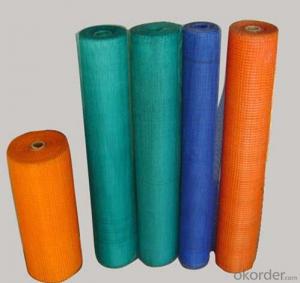Chopped Strand Fiberglass, also known as CSF, is a versatile material that has found its way into a myriad of applications. From the automotive industry to construction, sports equipment, and even in the aerospace sector, CSF has proven to be a reliable and robust addition to composite materials. Let’s dive into the world of CSF and explore its unique properties and applications.
The Essence of Chopped Strand Fiberglass
CSF is made from fine strands of glass fibers that are chopped into short lengths, typically ranging from 1/8 to 1 inch. These chopped strands are then randomly dispersed within a resin matrix to create a composite material with exceptional strength and durability. The process of creating CSF involves melting, forming, and cooling glass fibers, which are then chopped and mixed with a resin to form the final product.
A Closer Look at the Benefits
One of the most significant advantages of using CSF in composites is its versatility. It can be molded into various shapes and sizes, making it suitable for a wide range of applications. Moreover, CSF composites are lightweight, corrosion-resistant, and have excellent electrical insulation properties. These attributes make them ideal for use in environments where durability and resistance to harsh conditions are required.
Applications Galore
The automotive industry has embraced CSF for its lightweight properties, which contribute to better fuel efficiency and reduced emissions. In construction, CSF is used to reinforce concrete and plaster, enhancing the structural integrity of buildings. Sports equipment manufacturers also utilize CSF for its high strength-to-weight ratio, making it perfect for creating lightweight yet strong gear like tennis rackets, golf clubs, and fishing rods.
The Role of Chopped Strand Fiberglass in Aerospace
In the aerospace sector, every gram counts. CSF’s lightweight and high strength characteristics make it a popular choice for aircraft components. It is used in the manufacture of non-structural parts such as interior panels and in the construction of lightweight, high-strength wings and fuselage components.
Sustainability and the Future of CSF
As the world moves towards more sustainable practices, the role of CSF in composites becomes even more significant. It is recyclable and can be used in the production of eco-friendly products. The future of CSF looks promising as researchers continue to explore new ways to enhance its properties and applications.
The Human Touch in CSF Production
While the production of CSF is largely automated, there is still a human touch involved in the process. Skilled technicians oversee the manufacturing process, ensuring that the quality and consistency of the product meet the highest standards. This human element adds a layer of care and precision to the final product, making it not just a composite material, but a testament to human ingenuity and craftsmanship.
The Emotional Connection to Chopped Strand Fiberglass
For many, CSF is more than just a material; it’s a symbol of innovation and progress. It represents the endless possibilities that come with human creativity and the drive to improve upon existing technologies. The versatility of CSF allows it to be a part of our daily lives, from the car we drive to the sports equipment we use for leisure.
Conclusion
Chopped Strand Fiberglass is a remarkable material that has proven its worth in various industries. Its versatility, strength, and lightweight nature make it an invaluable asset in the world of composites. As we continue to innovate and push the boundaries of what is possible, CSF will undoubtedly play a significant role in shaping the future of many industries.

